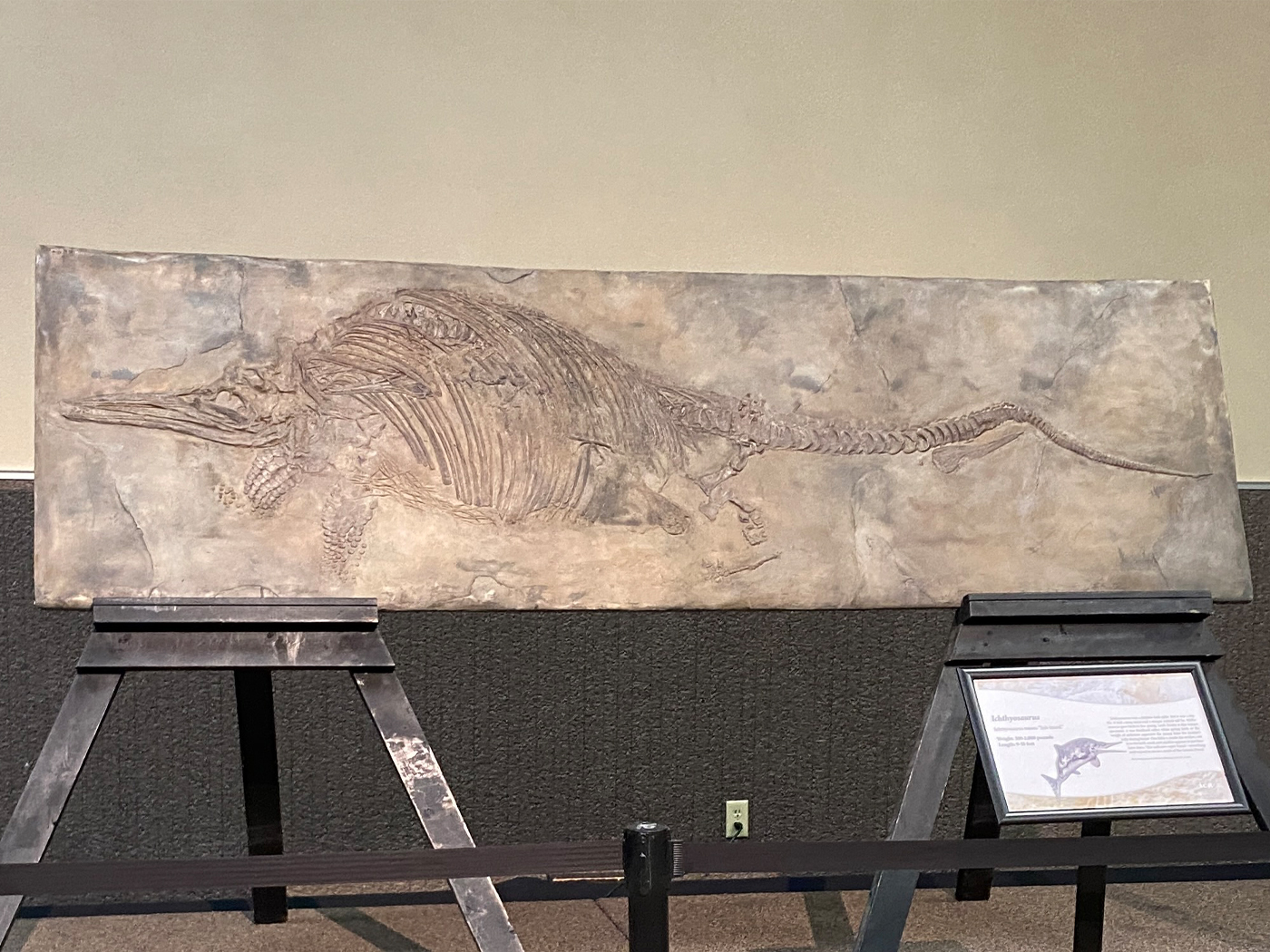The eye is an amazing instrument, but it does not function alone. Even with visual receptors rapidly sending data along the optic nerve, no mental image will form at all unless the brain is properly equipped to manage the input. One data processing feature of the brain enables what is called perceptual stability. This ensures that when the eye moves rapidly, as it does two to three times each second, the viewer sees a steady image rather than streaks and blurs.
New research from Rutgers University offers insights into how brains accomplish this. For over a century, scientists thought that perceptual stability occurred by the brain blocking out the blurred images entirely, so that humans are effectively blind during those short, quick eye movements. The Rutgers research shows that model to be false. The brain processes the data, rather than blocking it, but it does not report the results to the conscious awareness center of the brain. The researchers found “that things are much more complex than we suspected.”1
The researchers also suspect that an important function is served when the brain processes the blurred images—even though they go unreported—instead of completely blocking them from entering the visual processing center. If people were indeed effectively blinded two to three times per second, then it would be difficult to re-orient the position of new images in relation to prior ones. This processing likely aids perceptual stability by providing information on “how much and how fast the eye moved,”1 allowing the brain to more readily assimilate subsequent images.
Each specification that is discovered, not only in the eyeball, its retina, and in the brain, but also in the informational programming required to process images, presents an additional hurdle for naturalistic origins theories to overcome. Since each specification must be present for any visual system to work at all, they add up to a mountain-sized hurdle to any evolutionary formation-by-accident explanation.
People seem to have a visual system that is optimized for excellence, both in precise retinal construction and precise involuntary mental image processing.2 Such finely-engineered systems would be exactly what a Creator would be expected to have formed, in order to make known His genius and caring provision.
References
- Rutgers Research: Discoveries Shed New Light on How the Brain Processes What the Eye Sees. Rutgers University press release, June 2, 2009, reporting on research published in Watson, T. L. and B. Krekelberg. The Relationship between Saccadic Suppression and Perceptual Stability. Currently Biology, published online May 28, 2009.
- Thomas, B. Retinal Coordination: Picture Perfect Presentation of Design. ICR News. Posted on icr.org April 15, 2009, accessed June 15, 2009.
* Mr. Thomas is Science Writer at the Institute for Creation Research.
Article posted on June 25, 2009.



















